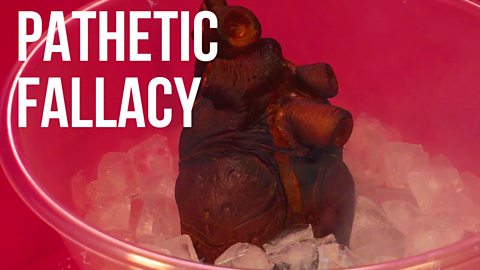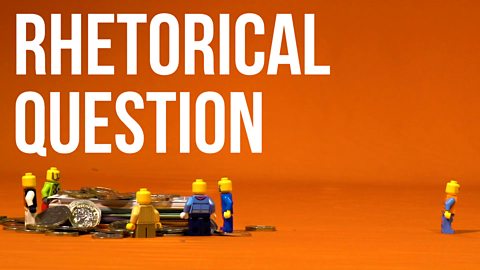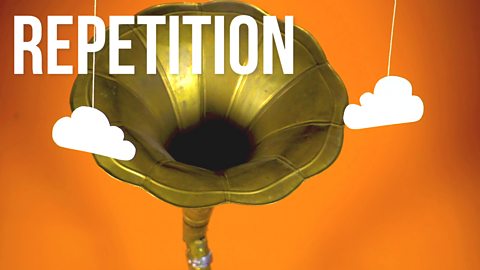Personification is giving an inanimate object human feelings or actions.
This technique should be familiar to you as you will have studied it at 3rd level. Use this guide to revise and check your understanding.
Describing objects as if they are people is a way of making sentences more exciting. This is called personification.
- 'The thirsty flowers seemed to reach out and beg for water.' The flowers cannot 'reach' or 'beg'. This makes their need seem human and emphasises how badly they needed water.
- 'The apple sat proud as punch at the top of the fruit bowl.' The personification of the 'proud' apple and its position at the top of the fruit bowl makes it seem more appealing.
- 'Jess's heart is racing at 100 miles per hour.' A heart canÔÇÖt literally race, but it helps us to feel more involved in the story and suggests how fast Jess's heartbeat was.
Short stories
In Iain Crichton Smith's short story 91╚╚▒Č, he uses personification to describe how a street has changed: 'Instead of small shops, supermarkets were springing up, flexing their huge muscles.'
The personification of the supermarkets in this example suggests they are an intimidating addition to the town and their 'huge muscles' represent their wealth and power.
Shakespeare
Another example of personification:
'But, soft! what light through yonder window breaks? It is the east, and Juliet is the sun. Arise, fair sun, and kill the envious moon, Who is already sick and pale with grief, That thou, her maid, art far more fair than she.'
In ShakespeareÔÇÖs play, Romeo and Juliet, Romeo compares Juliet to the sun and goes on to describes the moon as being jealous of JulietÔÇÖs beauty. The moon canÔÇÖt really express these feelings, but by comparing Juliet as the sun with the ÔÇ╚┘ż▒│Ž░ýÔÇÖ, ÔÇśp▓╣▒˘▒ÔÇÖ and ÔÇśe▓ď▒╣ż▒┤ă│▄▓§&#│Š27; moon, Shakespeare uses personification to make a striking contrast.
More on Understanding, analysing and evaluating
Find out more by working through a topic
- count8 of 18

- count9 of 18

- count10 of 18

- count11 of 18
